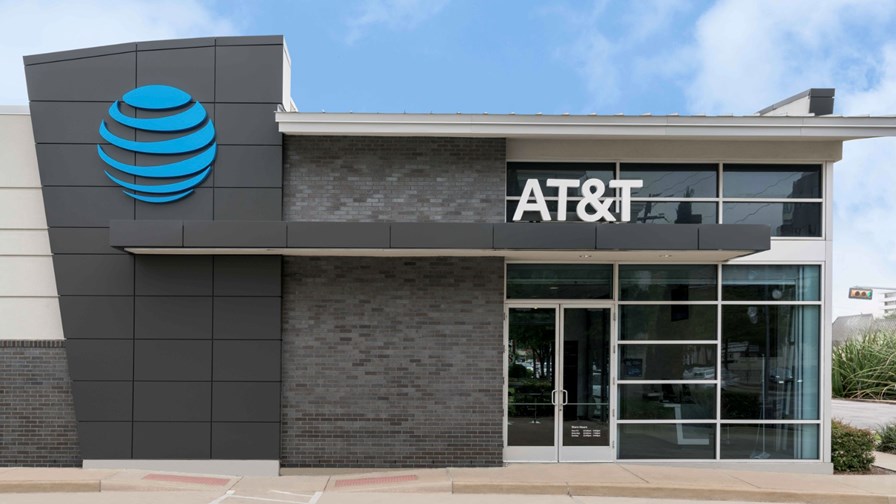
- AT&T identifies $100m AI opportunity
- SoftBank and Nokia team up on AI-RAN R&D
- Ericsson pitches in on Draghi report
In today’s industry news roundup: AT&T is using software from AI specialist Unsupervised to unlock valuable efficiencies from its internal data; SoftBank and Nokia put their heads together to develop AI-RAN and research 6G networks; Ericsson shares its thoughts on EU competitiveness; and more!
AT&T has identified $100m worth of “opportunities” within its operations through the use of an AI-powered data analyst software system developed by Boulder, Colorado-based vendor Unsupervised, which has just signed a new deal with the giant US telco. As part of this new agreement, AT&T plans to use Unsupervised’s AI software “in a wider capacity over the next year to analyse a variety of internal data sources to provide natural language query answers, AI-generated insights, and predictions to AT&T employees,” the vendor noted, adding that its software enables companies, such as AT&T, to “leverage their data and force multiply their analytics efforts.” Mark Austin, VP of data science at AT&T, stated: “We have embraced the AI revolution by developing advanced generative AI tools like Ask AT&T and by working with providers of advanced AI solutions like Unsupervised”, which has “delivered strong ROI, improving our key metrics while empowering our team with faster, smarter access to data insights.” Read more.
Japanese operator SoftBank has signed a memorandum of understanding (MoU) with Nokia for joint research and development (R&D) on the integration of AI in radio access network (RAN) technology and on various developments related to 6G technologies. “Specifically, the companies plan to collaborate on the development of AI-RAN using Nokia’s virtualised radio access network (cloud RAN) platform and conduct field testing using centimetre waves, which are expected to be utilised for 6G,” noted SoftBank in this announcement. SoftBank added that it is “leveraging its deep knowledge and extensive experience as a network operator” and that, together with Nokia, “with its global leadership in network technologies”, it will “jointly lead the research and development of 6G networks to further drive innovation in next-generation communication systems”. Both companies are members of the AI-RAN Alliance, the industry body that was launched earlier this year – see AI-RAN Alliance launches at #MWC24.
Ericsson has weighed in with its views on the EU competitiveness report authored by Mario Draghi, who has recommended a number of regulatory and policy changes that would make it easier for telco consolidation in Europe, harmonise spectrum licensing processes and introduce so-called ‘fair share’ payments to the telcos by big tech firms. “As a globally leading European technology company, we want to see a competitive Europe in the digital era, but that will only be realised if we have a sustainable telecom market that encourages investment in advanced communications infrastructure,” stated Jenny Lindqvist, senior VP and head of Ericsson Europe and Latin America, in comments emailed to TelecomTV. “The Draghi report is a timely call to action, bringing into sharp focus the challenges Europe is facing and the pivotal role connectivity will play to address its competitiveness gap, as an enabler of innovation and exponential technologies like AI. The report rightly emphasises the need for facilitating consolidation in the telecoms sector and the harmonisation of spectrum pricing best practice across the EU. Both are key factors in realising a true single market for telecom and to incentivise infrastructure deployment in order to close the productivity gap. Now is the time to act to tackle the structural problems in the European telecom market and put technology leadership top of the European agenda,” added Lindqvist.
And to add to the pressure now weighing on EC commissioners to revamp telecom sector regulations, 19 European CEOs, including Ericsson chief Börje Ekholm as well as the CEOs of SAP, Capgemini and Siemens, have sent an open letter to the president of the European Commission Ursula von der Leyen and the College of Commissioners, urging the EC to “take action now and shape the future of European digital infrastructure… European competitiveness is at stake,” noted the CEOs.
Plum Consulting has just published a report on Wi-Fi usage in China, with a focus on future spectrum requirements. It observes that whilst 92% of home internet traffic globally is connected to end users through Wi-Fi, with governments fast-tracking the deployment of high-capacity fibre infrastructure, “connectivity is only as good as the narrowest bottleneck”. And that invariably means Wi-Fi. The research reveals that in China, only three 80MHz channels (all of them in the 5GHz frequency band) are available for Wi-Fi services. This means that for dense use cases, such as apartment blocks, there is only sufficient bandwidth to support connectivity at 500Mbit/s in around 30% of residential building areas. As for full gigabit speeds – this figure drops to just 3%. The report concludes that to ensure whole-building coverage at 500Mbit/s, a minimum of ten 80MHz channels would be necessary, including some additional spectrum in the 6GHz band. And if the Chinese authorities want to see “optimal gigabit Wi-Fi connectivity” in the country, then a minimum of ten 160MHz channels in mid-band spectrum will be needed.
– The staff, TelecomTV
Email Newsletters
Sign up to receive TelecomTV's top news and videos, plus exclusive subscriber-only content direct to your inbox.
Subscribe